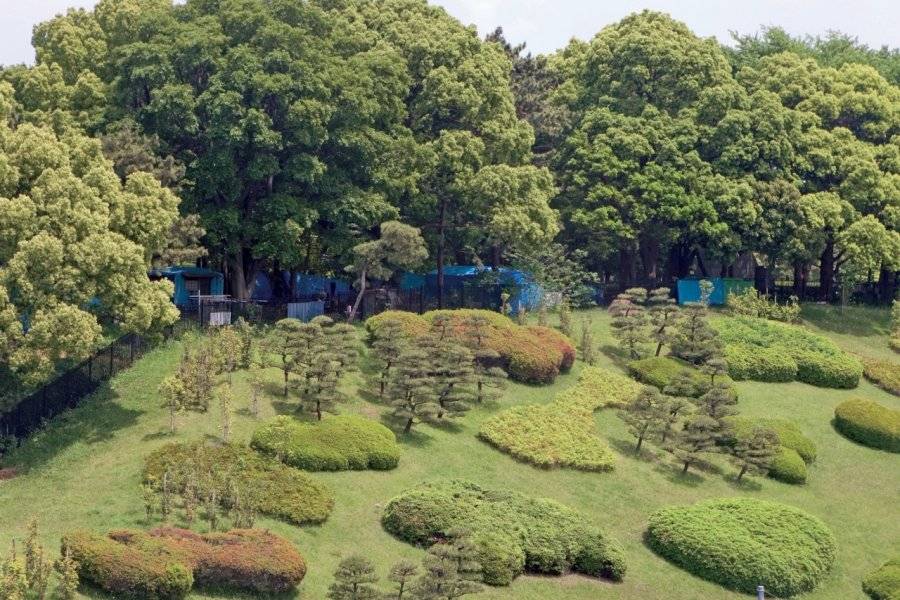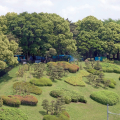MEIJI-JINGU SHRINE
A haven of calm and coolness in the middle of Harajuku, the Shinto shrine dedicated to the Meiji emperor is also the largest in Tokyo.
Comfortably set in the heart of a magnificent 72-hectare park, it is dedicated to the divine souls of Emperor Meiji, who died in 1912, and his wife Empress Shōken, who died in 1941. It was built between 1912 and 1920, and over 100,000 trees from all over Japan were planted to honor their memory. Emperor Meiji (1852-1912), Japan's 122nd emperor, is famous for leading the opening up and modernization of Japan in the Meiji era of "enlightened government". Under his reign, a constitutional system was established and the old social hierarchies were abolished, laying the foundations for a nation-state.
This is the country's largest Shinto shrine. Weddings and other ceremonies such as Shichi-go-san (children's festival for 3, 5 and 7 year-olds) are regularly held here. It is therefore advisable to observe certain principles of etiquette, such as purifying the body with water or bowing to the torii. In the courtyard of the main building, wishes are hung on offering trees. Visitors are offered waka, poems composed by the emperor and his wife, of which they were particularly fond. Forms, letters to the deities (kami) and ema, wooden tablets bearing wishes, are available to all, for a fee. The priests then collect the messages and address them to the kami. All these little things make great souvenirs to take home.
Entrance to the park is via the large cypress-woodtorii from Mount Alishan in Taiwan. Paths lead to the various buildings that make up the sanctuary. In addition to the kaguraden, a music and dance hall built in the 1990s, you'll also see the main structure - the honden - built in the nagare-zukuri style, and the noritoden where the liturgy is recited. At the rear of the shrine is the Treasure Building, where objects relating to the emperor are displayed. In October 2019, a Kengo Kuma-designed museum dedicated to the history of the Meiji era opened in the park to mark 100 years since the shrine's inauguration. Not far from the main torii is a pretty garden (entrance fee payable) where a superb bed of irises can be seen in June. During the hot summer months, this whole area forms a veritable oasis, where the temperature is a little cooler than in the city. It's an ideal place to recharge your batteries in the middle of the day, but beware of mosquito bites!
Did you know? This review was written by our professional authors.
Members' reviews on MEIJI-JINGU SHRINE
The ratings and reviews below reflect the subjective opinions of members and not the opinion of The Little Witty.
A voir







J'ai eu la chance de voir des enfants de 5 ans en kimonos pour leur première présentation au sanctuaire.